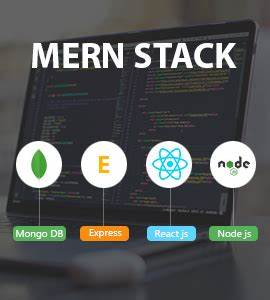My SQL
Original price was: ₹500.00.₹299.00Current price is: ₹299.00.
SQL is a powerful and standardized language that plays a crucial role in managing and manipulating data in relational databases.
₹500.00 Original price was: ₹500.00.₹299.00Current price is: ₹299.00.
SQL is a powerful and standardized language that plays a crucial role in managing and manipulating data in relational databases.
SQL, or Structured Query Language, is a standard programming language designed for managing and manipulating relational databases. It is used to interact with relational database management systems (RDBMS) like MySQL, PostgreSQL, Oracle, Microsoft SQL Server, and others. SQL provides a set of commands for performing tasks such as data retrieval, insertion, updating, and deletion, as well as for defining and modifying database structures.
Here are some key aspects of SQL:
SELECT, which is used to query the database and retrieve specific information based on specified criteria CREATE, ALTER, and DROP. INSERT, UPDATE, and DELETE. GRANT and REVOKE, which are used to grant or revoke permissions on database objects. COMMIT and ROLLBACK, which are used to save or discard changes made during a transaction.SQL is a powerful and standardized language that plays a crucial role in managing and manipulating data in relational databases. Its syntax is relatively straightforward, making it accessible for both beginners and experienced database professionals.




Reviews
There are no reviews yet.